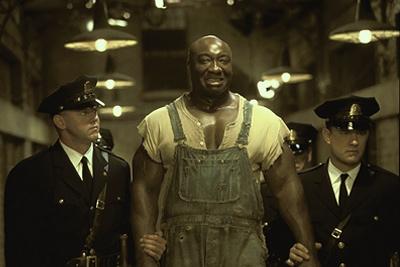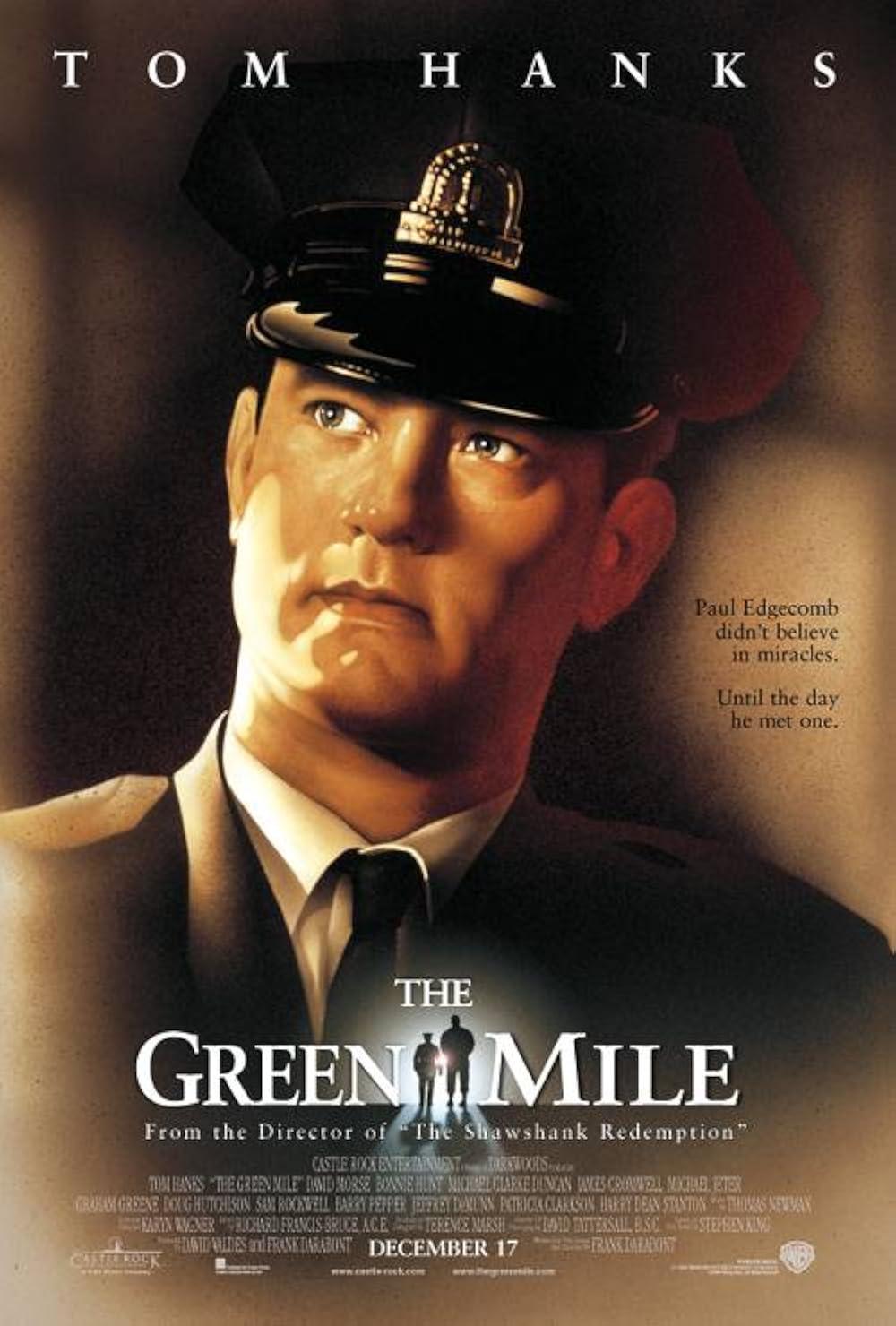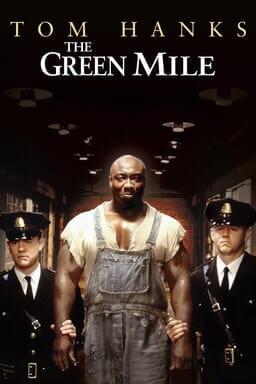“The Green Mile,” a cinematic adaptation of Stephen King’s novel, is a compelling exploration of redemption, intricately woven with elements of fantasy. Set against the backdrop of a 1930s Louisiana prison, the film navigates the complexities of human morality through the lens of supernatural phenomena. This article delves into how “The Green Mile” employs fantasy elements to illuminate the theme of redemption, examining the interplay between the ordinary and the extraordinary. By analyzing key characters and pivotal scenes, we aim to uncover the nuanced ways in which the film suggests that redemption is not merely a possibility but a profound transformation catalyzed by the mystical and the miraculous. Through this exploration, we seek to understand how fantasy serves as a powerful narrative device, enhancing the film’s exploration of guilt, forgiveness, and the human capacity for change.
Exploration of Fantasy as a Medium for Redemption
In Stephen King’s The Green Mile, fantasy serves as a profound vehicle for the exploration of redemption, weaving a tapestry where the supernatural meets the human spirit. At its core, the novel challenges the conventional boundaries of reality, introducing mystical elements through the character of John Coffey, whose miraculous abilities blur the line between myth and reality. This blend of fantasy and the human condition prompts readers to question the nature of justice and the possibility of redemption. The fantasy elements are not merely ornamental; they are crucial in highlighting the moral complexities faced by the characters, especially when confronting their own flaws and prejudices.
- Supernatural Healing: John Coffey’s ability to heal others serves as a metaphor for spiritual cleansing and the potential for personal redemption.
- Symbolic Imagery: The recurring motifs of light and darkness throughout the narrative underscore the duality of sin and redemption.
- Moral Ambiguity: The fantastical elements force the characters, particularly Paul Edgecomb, to reevaluate their understanding of morality and justice, paving the way for redemption.
By integrating fantasy into its narrative, The Green Mile does more than entertain; it invites an introspective journey into the heart of redemption. The novel suggests that redemption is not solely a personal quest but a shared experience, transcending the boundaries of reality and imagination.
Symbolic Representation of Good and Evil in Character Arcs
In The Green Mile, the juxtaposition of good and evil is intricately woven into the character arcs, serving as a symbolic representation of redemption. The film employs its characters as embodiments of moral dichotomies, presenting a narrative where fantasy elements highlight the stark contrasts between virtue and malevolence. John Coffey, with his mystical healing powers, is the quintessential symbol of goodness. His miraculous abilities are not just fantastical but serve as a narrative device that emphasizes his purity and innocence. In contrast, Percy Wetmore and William “Wild Bill” Wharton personify the darker aspects of humanity, their cruelty and malice starkly opposing Coffey’s benevolence.
- John Coffey: Represents innocence and selflessness, depicted through his supernatural gift of healing.
- Percy Wetmore: Embodies sadism and corruption, highlighted by his abuse of power.
- William “Wild Bill” Wharton: Symbolizes chaos and evil, serving as a catalyst for conflict.
These characters are not merely players in the narrative but are crafted to evoke deeper contemplation about the nature of good and evil. The fantasy elements, such as Coffey’s miraculous powers, act as allegorical tools, inviting the audience to explore the potential for redemption even amidst profound darkness. By employing these symbolic representations, the film delves into complex moral themes, encouraging viewers to reflect on the redemptive power of compassion and the enduring struggle between light and darkness.

The Role of Supernatural Elements in Moral Transformation
The intricate tapestry of Stephen King’s “The Green Mile” is woven with supernatural elements that serve as catalysts for profound moral transformation. The character of John Coffey, endowed with miraculous healing abilities, acts as a vessel of divine intervention in the grim environment of the Cold Mountain Penitentiary. His powers transcend the natural realm, providing a unique lens through which the film explores themes of guilt, forgiveness, and redemption. Coffey’s supernatural gifts challenge the perceptions of the prison guards, particularly Paul Edgecomb, urging them to confront their own moral compasses and the boundaries of justice.
- Healing as a Metaphor: Coffey’s ability to heal physical ailments symbolizes the potential for spiritual healing and redemption. His actions prompt the characters around him to reconsider their own flaws and seek forgiveness.
- Supernatural Justice: The mystical elements of the story underscore a higher form of justice, contrasting the flawed human legal system. This juxtaposition highlights the moral ambiguity faced by those in positions of power.
- Transformation Through Empathy: The supernatural occurrences foster a sense of empathy among the characters, leading to transformative experiences that redefine their understanding of humanity and compassion.
In “The Green Mile,” the fantastical is not merely a narrative device but a profound commentary on the human condition, offering a pathway to redemption that transcends the limitations of reality.

Insights into Narrative Techniques for Conveying Redemption
In The Green Mile, Stephen King masterfully intertwines fantasy elements with the theme of redemption, employing a variety of narrative techniques to evoke a profound emotional response from the audience. Through the character of John Coffey, a gentle giant with supernatural healing abilities, King introduces a fantastical element that challenges the characters’ and readers’ perceptions of justice and morality. This interplay of fantasy and redemption is accentuated through vivid imagery and symbolic actions, such as Coffey’s ability to absorb and dispel pain, representing the possibility of forgiveness and transformation.
King utilizes several key techniques to convey this narrative effectively:
- Character Development: The evolution of characters, especially Paul Edgecomb, who undergoes a moral awakening, serves as a vehicle for illustrating the redemptive journey.
- Symbolism: The recurring motif of light versus darkness underscores the contrast between sin and redemption, offering a visual metaphor for the characters’ internal struggles.
- Dialogue: Through poignant and reflective conversations, the narrative delves into themes of guilt, atonement, and the possibility of salvation, enriching the story’s depth.
By blending these elements, King not only crafts a compelling narrative but also invites readers to ponder the complexities of redemption and the role of the fantastical in understanding human nature.
